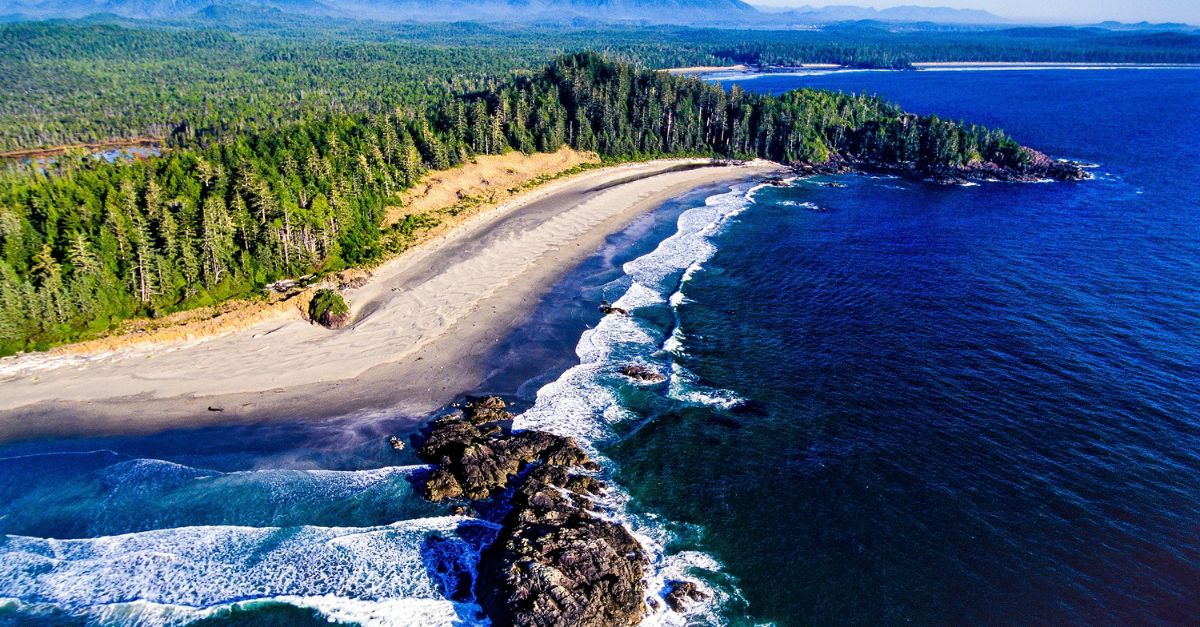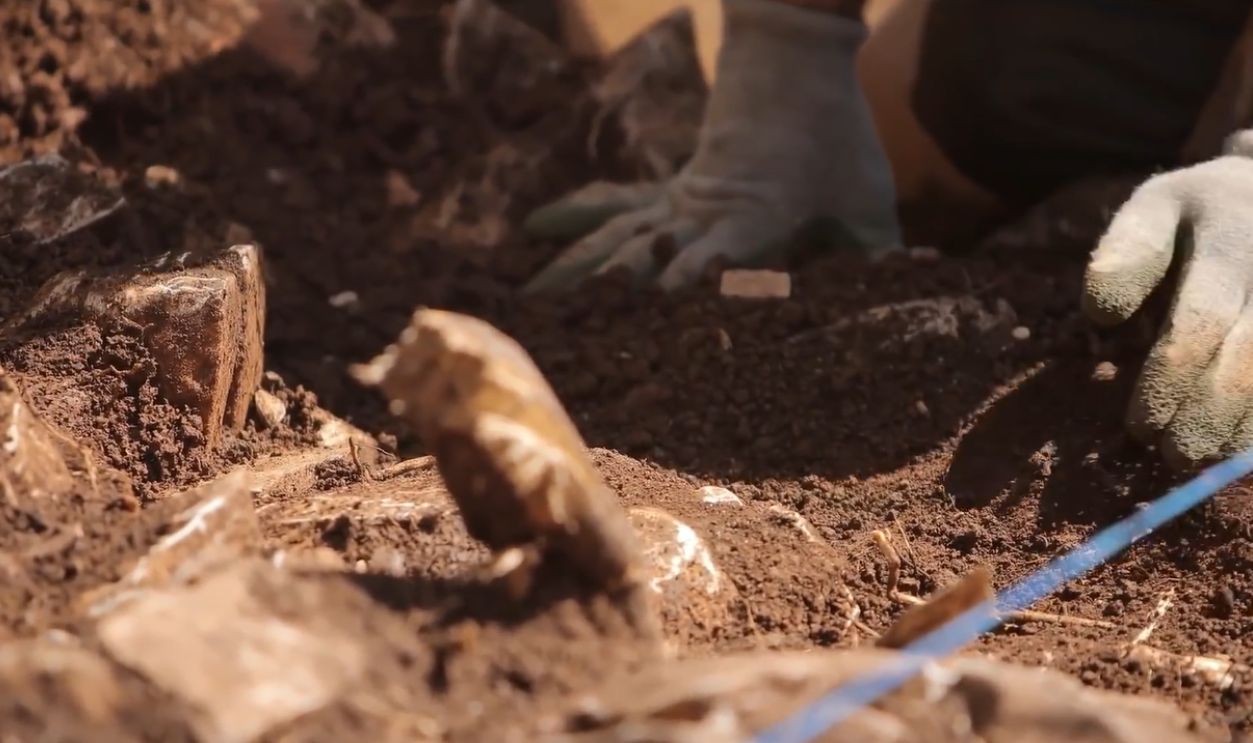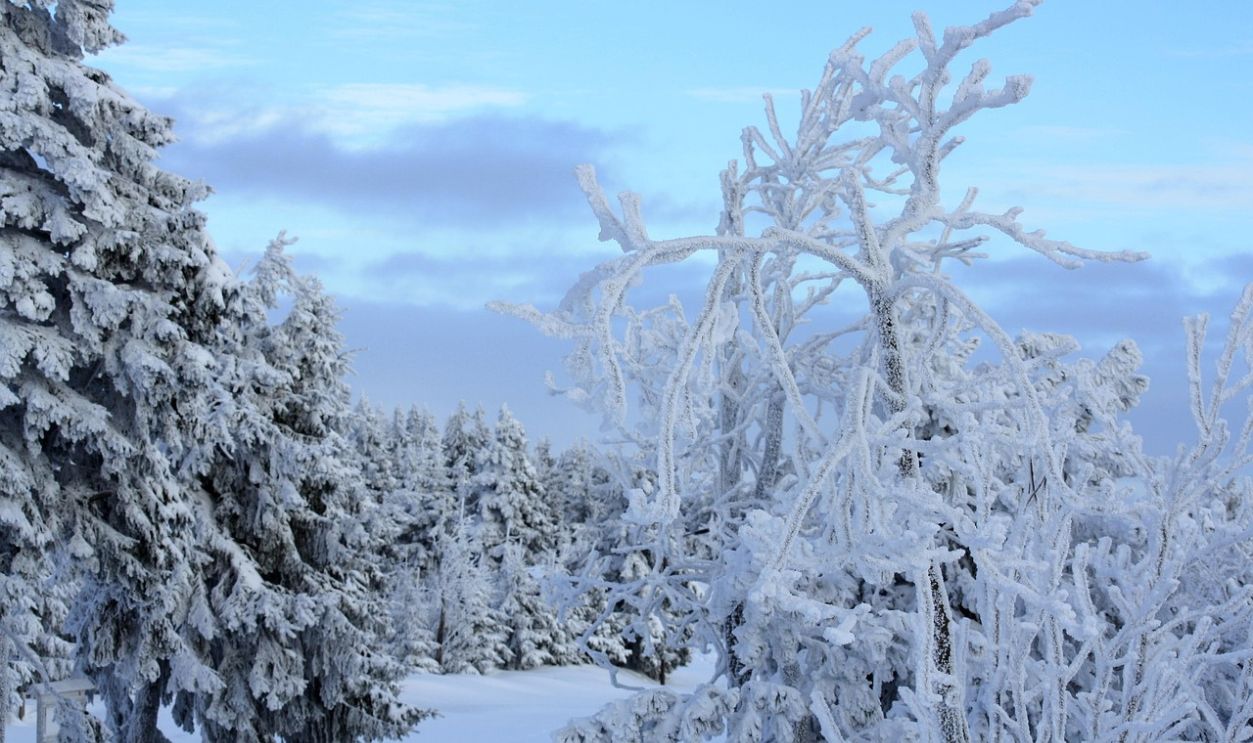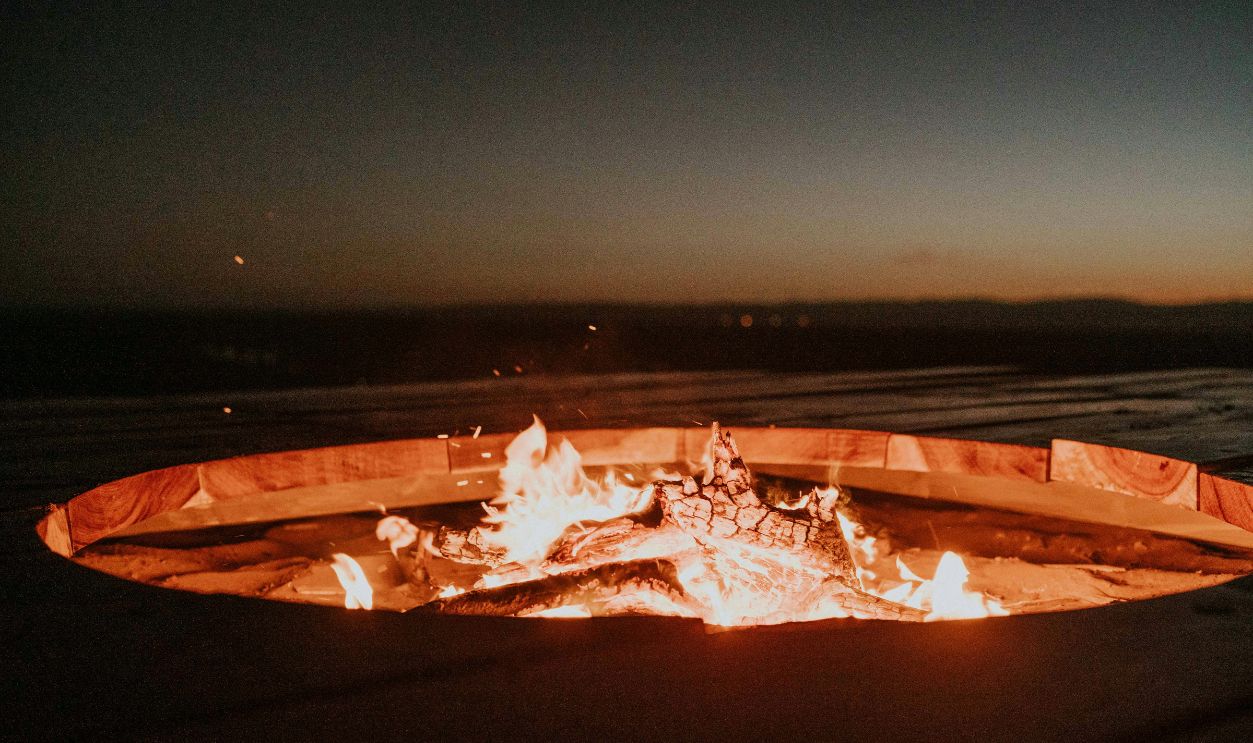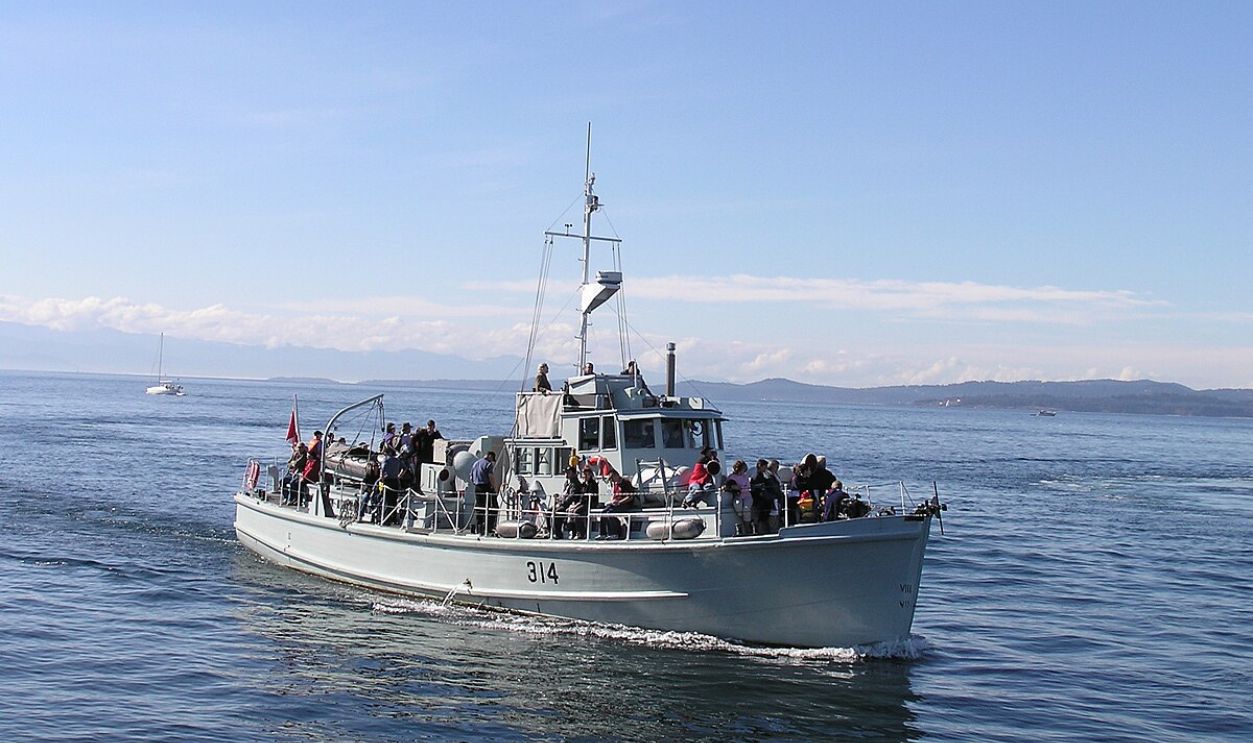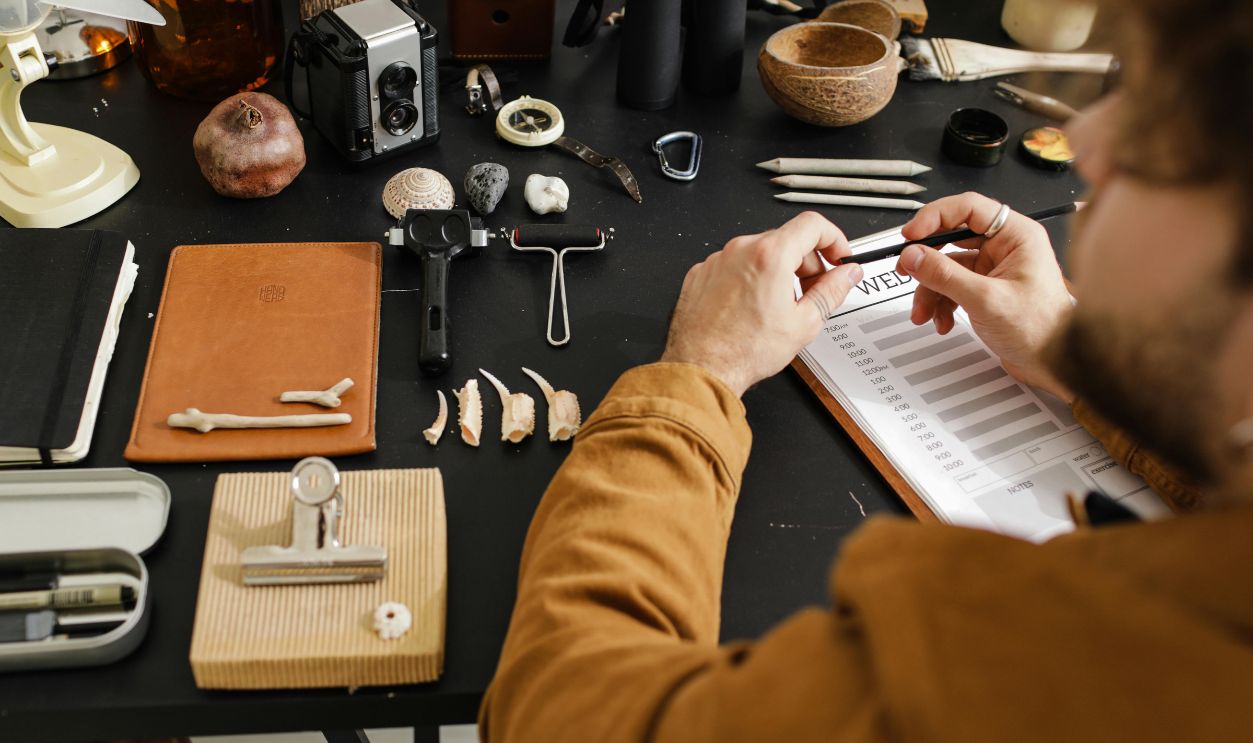The Island That Redrew North America's Past
For years, experts believed that humans couldn't have settled in the Americas until the Ice Age thawed, leaving much of the coastal world unaccounted for. But in 2017, a discovery shattered that narrative.
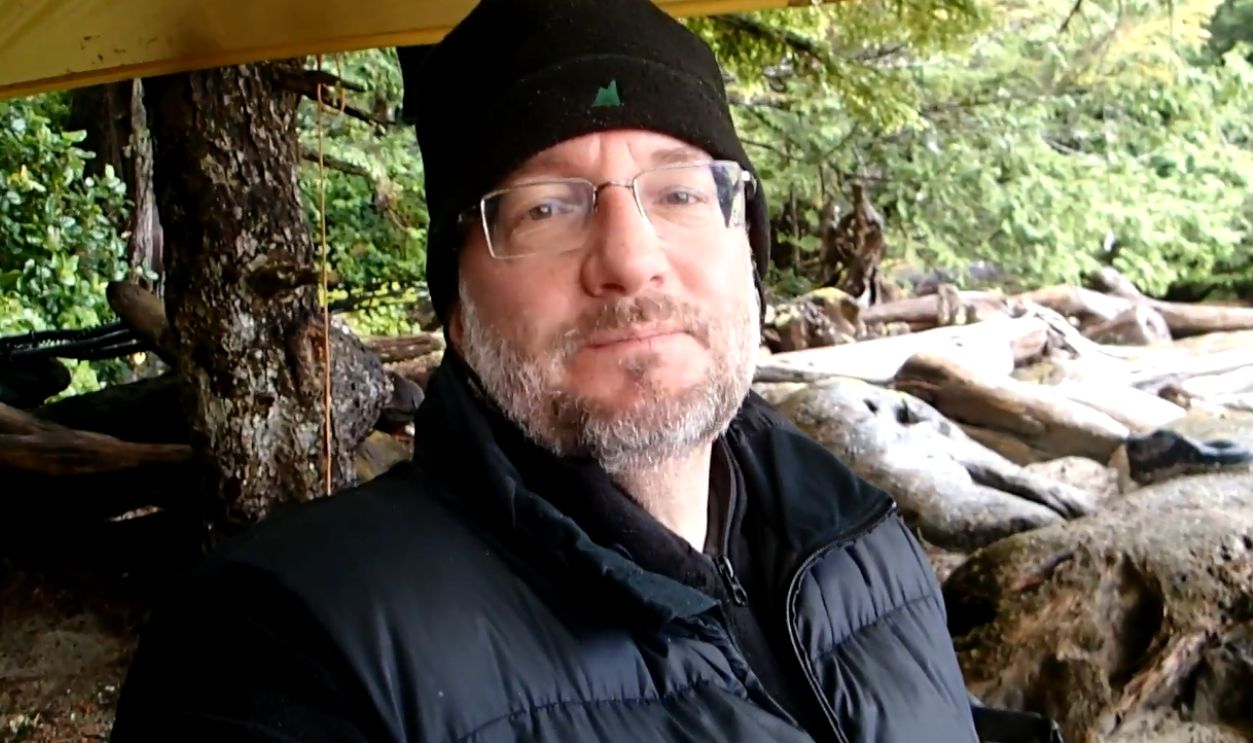
A Discovery That Shocked Archaeologists
In 2017, researchers from the University of Victoria unearthed something astonishing on Triquet Island: an ancient artifact buried beneath layers of ice and sediment. It was a wood-burning hearth, which confirmed human occupation far earlier than previously thought.
And Raised Many Questions
This single discovery upended the long-standing belief that Canada was entirely uninhabitable during the last Ice Age. Until then, mainstream archaeology held that early North Americans arrived via an inland ice-free corridor, not by sea. The evidence at Triquet Island suggests otherwise.
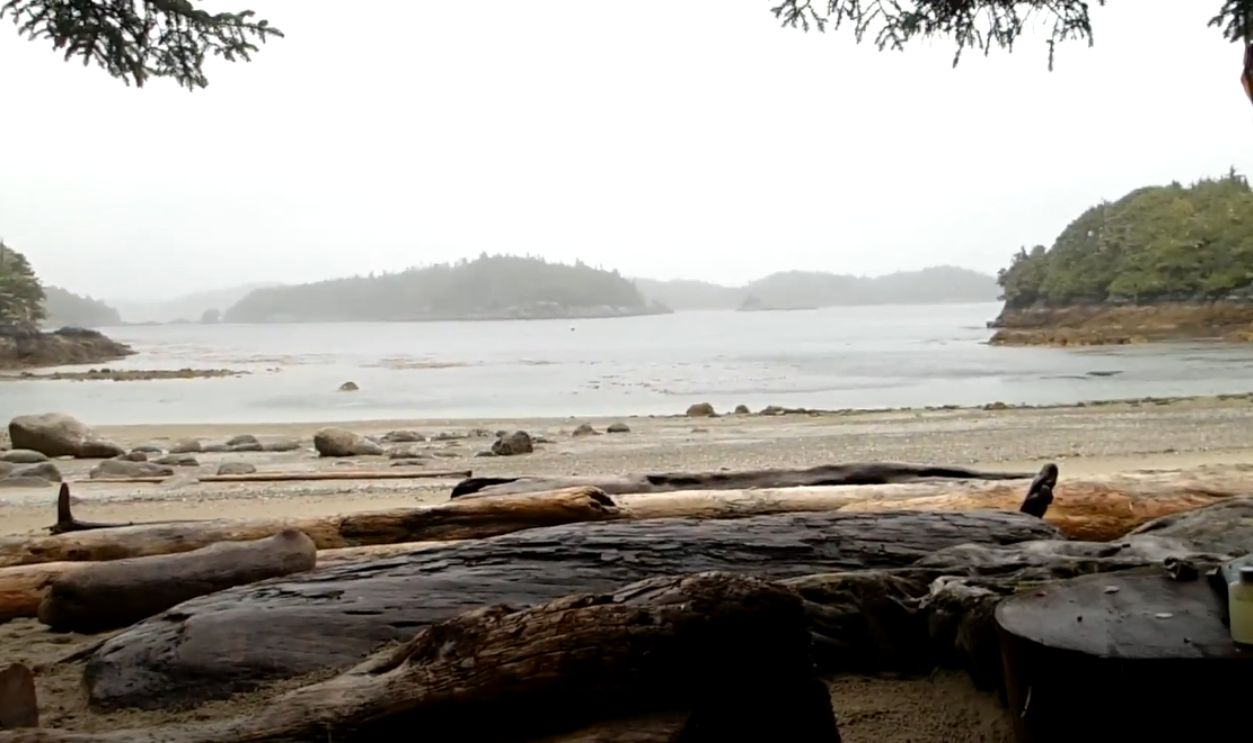 Under the tarp on Triquet Island by Philip Torrens
Under the tarp on Triquet Island by Philip Torrens
A Site Of Unimaginable History
Triquet Island, a small, remote island off British Columbia's coast, holds a secret buried for millennia—proof of an ancient civilization thriving during the Ice Age. Unlike much of Canada, which was smothered under glaciers, Triquet Island remained ice-free due to its location along the Pacific Coast.
And What It Might Have Represented
Thanks to this location, Triquet Island was a refuge for early humans. The island's stable climate and abundant marine resources supported a long-term settlement. Excavating artifacts could show that early inhabitants weren't just surviving. In fact, they were thriving.
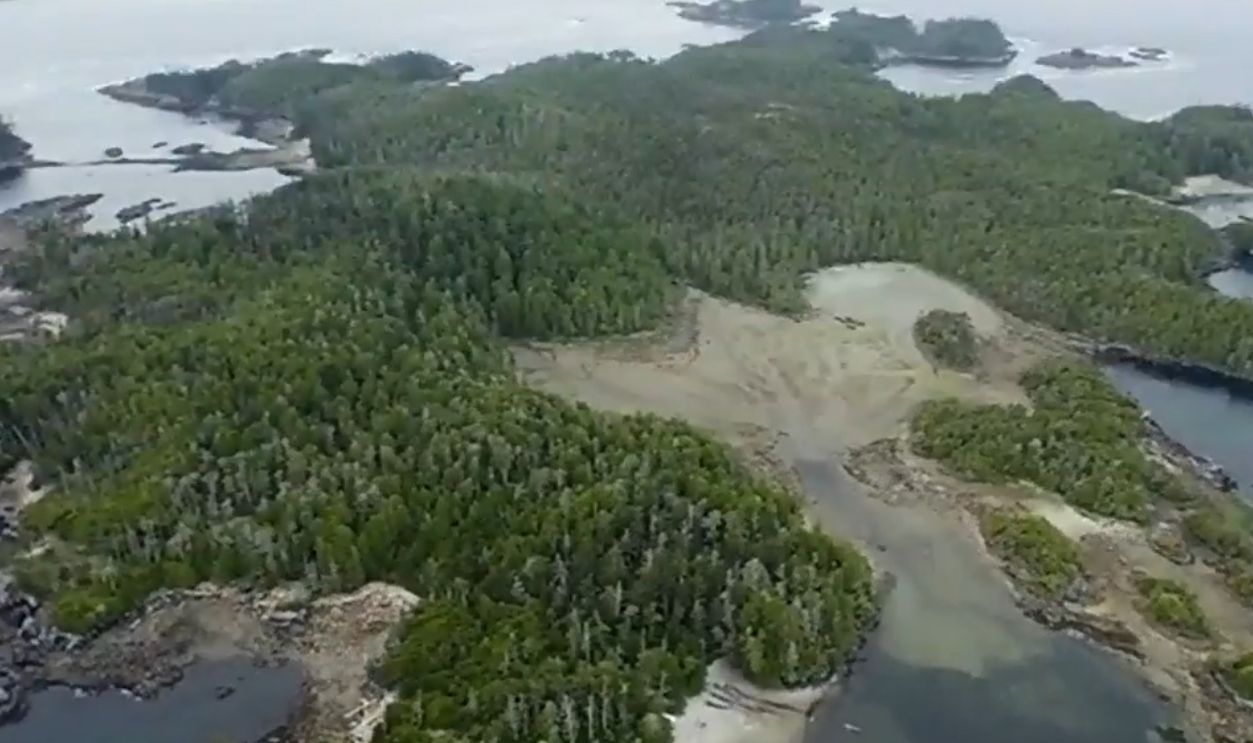 B.C. village older than the pyramids unearthed by a student by CTV News
B.C. village older than the pyramids unearthed by a student by CTV News
Legends That Turned Out To Be True
For generations, the Heiltsuk people have told stories of an ancient time when their ancestors lived on islands while glaciers covered the mainland. Many dismissed these as myths. Then, the excavation at Triquet Island provided physical proof that these stories were history, not legend.
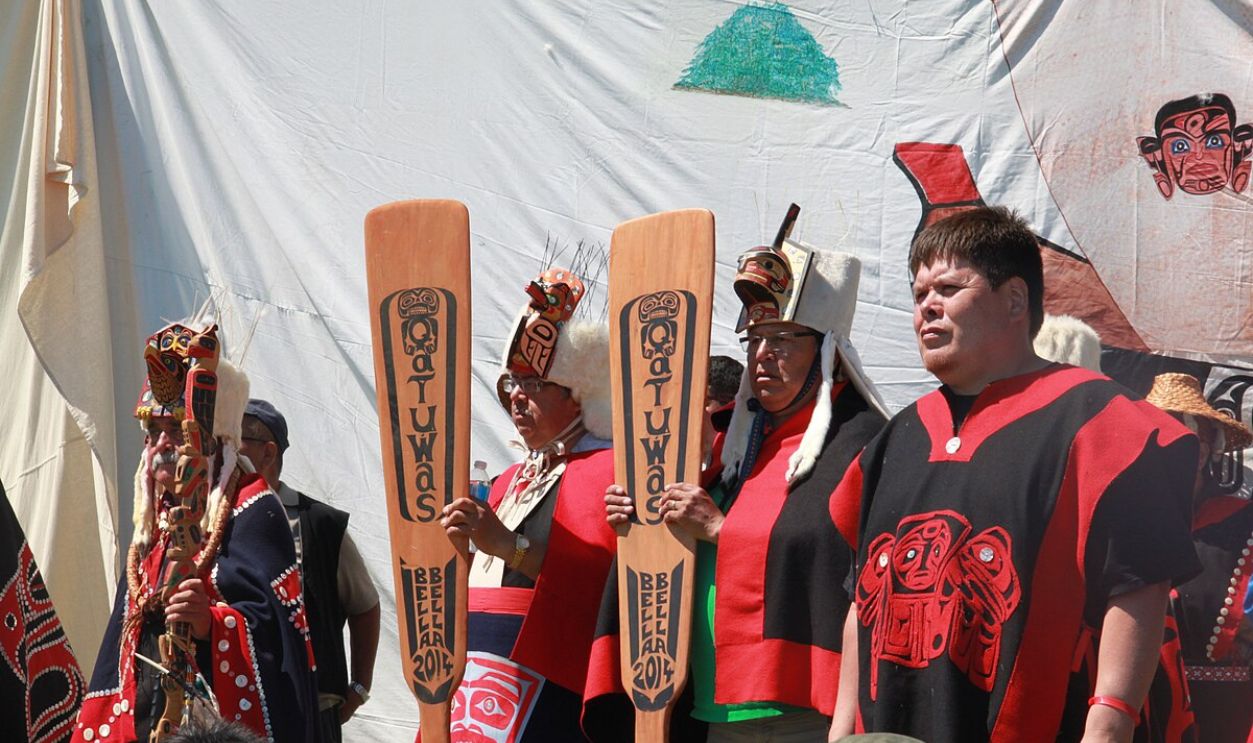 US Embassy Canada, Wikimedia Commons
US Embassy Canada, Wikimedia Commons
Oral Histories That Science Ignored
According to The World's 2017 article, the Heiltsuk people passed down stories of their ancestors taking refuge on islands during the Ice Age. European settlers dismissed these accounts as folklore, and scientists largely ignored them. But the discovery at Triquet Island forced a reckoning.
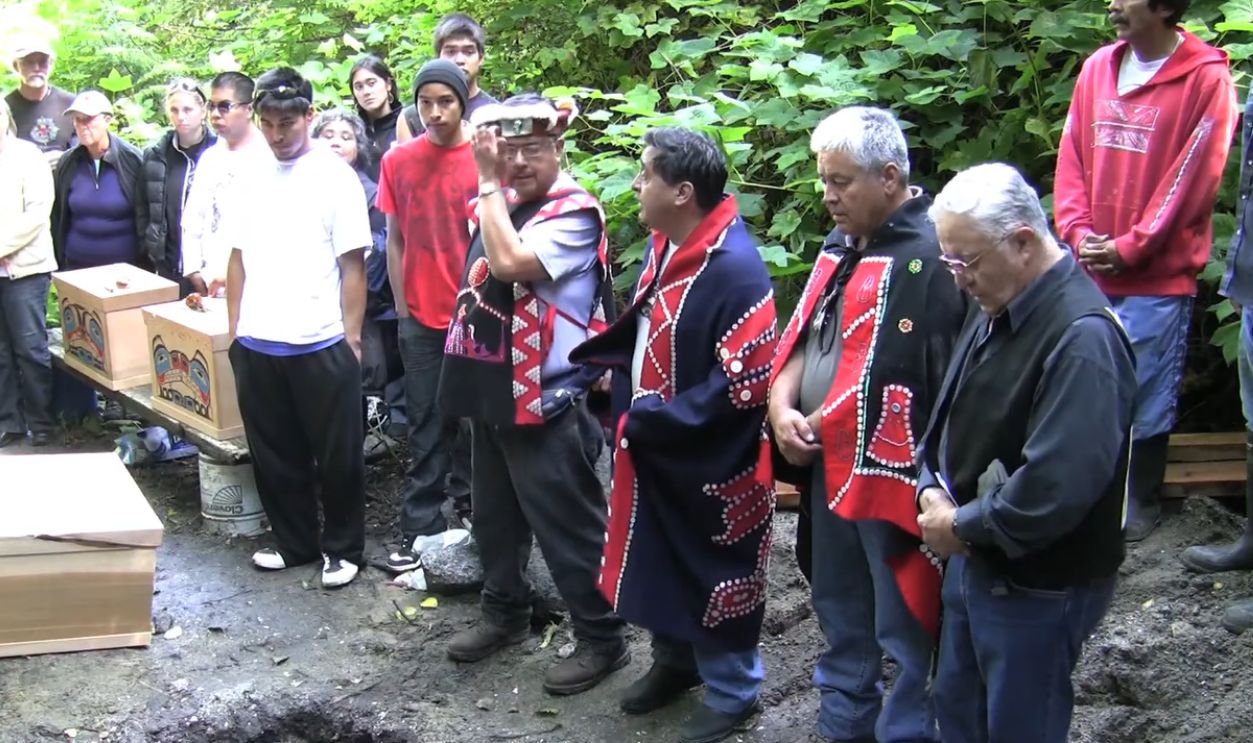 Heiltsuk ancestors return home to rest in Namu by Simon Fraser University
Heiltsuk ancestors return home to rest in Namu by Simon Fraser University
Ice Age Settlements In Canada?
Experts insisted that Ice Age Canada was completely covered in glaciers and human habitation impossible. The widely accepted theory was that the first Americans arrived 13,000 years ago through an inland corridor between melting ice sheets. This new evidence, however, shows that early settlers used coastal routes instead.
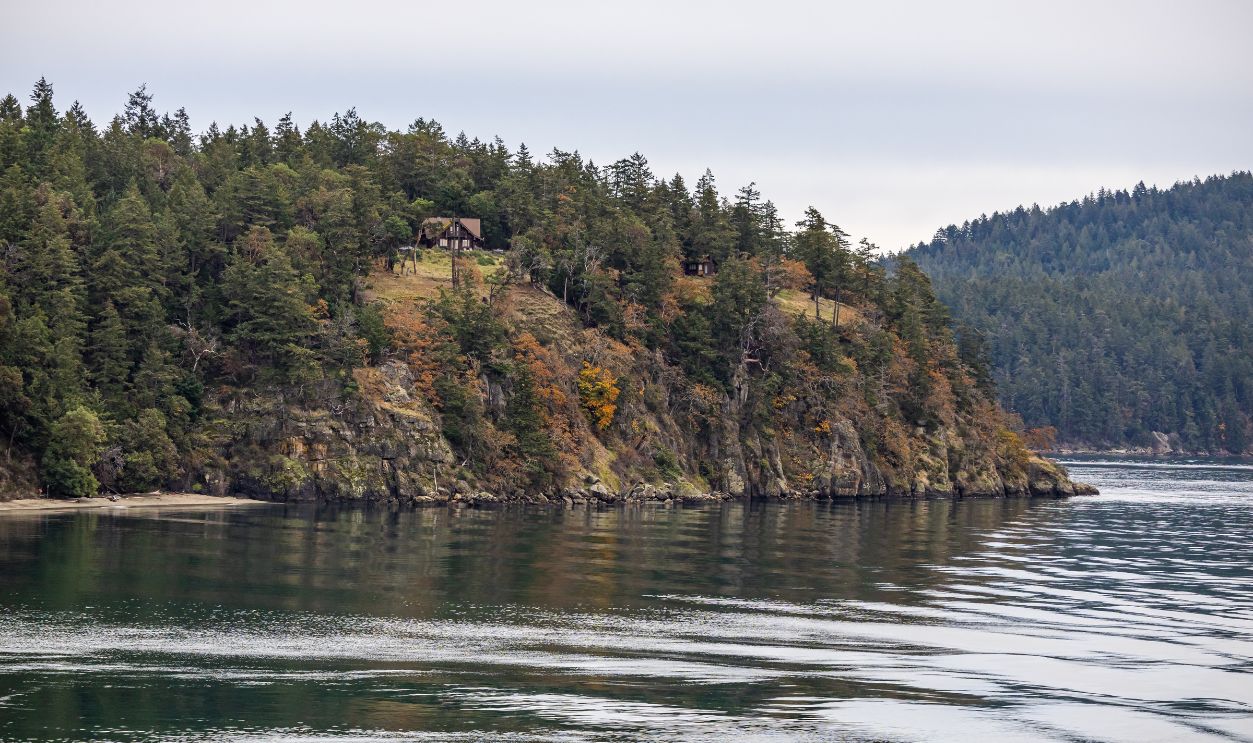 EB Adventure Photography, Shuttershock
EB Adventure Photography, Shuttershock
Science Took So Long To Catch Up
Western science usually dismissed Indigenous oral histories as legend rather than fact. The assumption was that without written records, these stories couldn't be trusted. But discoveries like these prove otherwise. As a result, scientists now recognize that oral traditions can contain valuable historical data.
Redefining North American History
Most people assume civilizations began in North America much later, but this ancient settlement challenges that assumption. As per Coast Mountain News, the village predates even the Egyptian pyramids and Stonehenge. The site's age also suggests that North America's first inhabitants established enduring cultures.
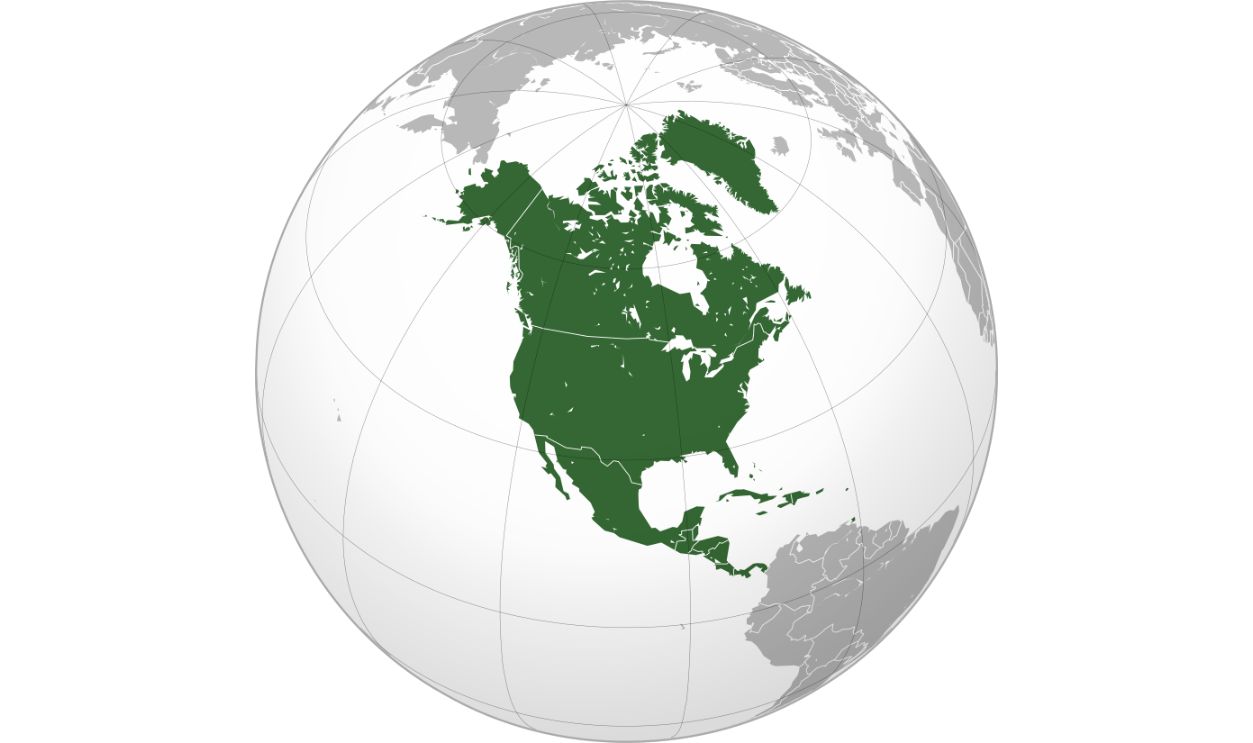 Bosonic dressing, CC BY-SA 3.0, Wikimedia Commons
Bosonic dressing, CC BY-SA 3.0, Wikimedia Commons
A Hearth That Burned Through History
A report published in Times Colonist showed that the excavating team found a wood-burning hearth, which provides clear evidence of controlled fire use by humans thousands of years ago. The charred remains of ancient wood and animal bones inside the hearth were radiocarbon-dated, confirming its astonishing age.
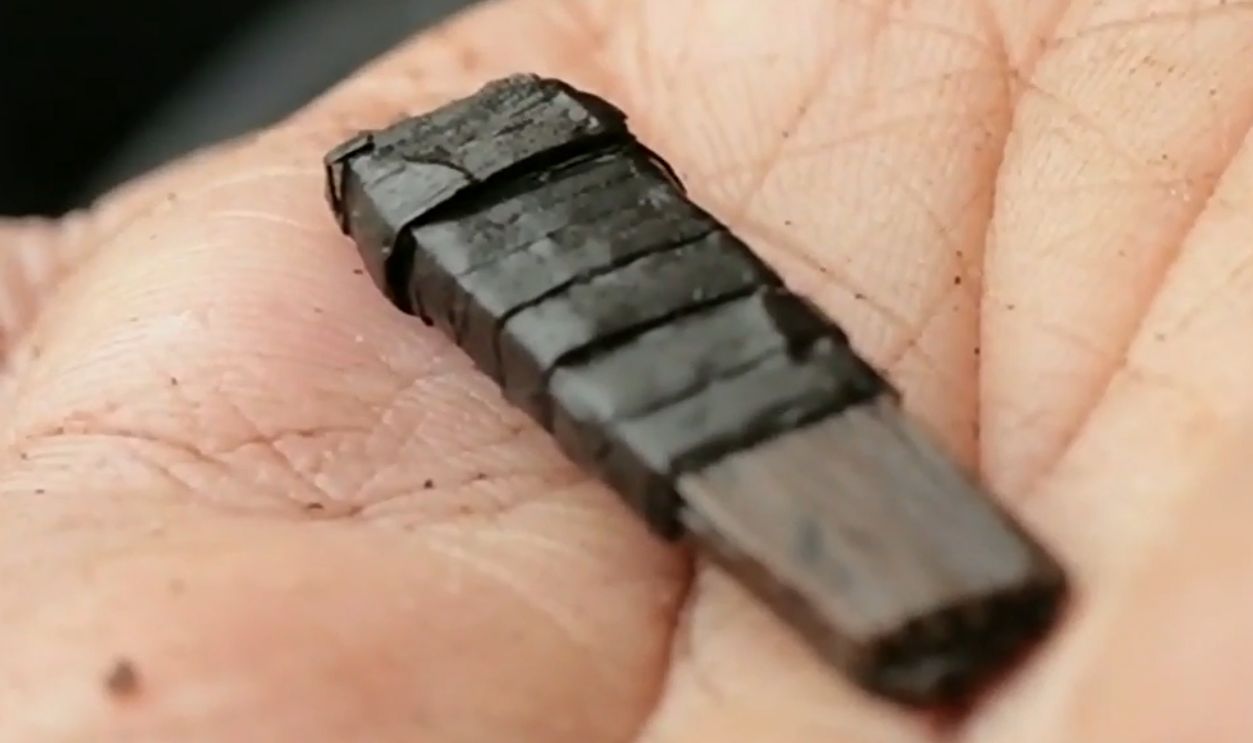 B.C. village older than the pyramids unearthed by a student
B.C. village older than the pyramids unearthed by a student
To Reveal The Existence Of Humans
Moreover, scientists unearthed a collection of tools that showed that humans probably used them to hunt big land animals. Radiocarbon dating was used to establish a timeline for these findings. Studies show that these artifacts were almost 14,000 years old.
 Dating - the Radiocarbon Way by GNS Science
Dating - the Radiocarbon Way by GNS Science
In One Of The World's Oldest Settlements
Radiocarbon dating measures the decomposition of carbon isotopes in organic material to offer a highly accurate timeline of past events. At roughly 14,000 years old, this is one of the oldest known human sites in North America.
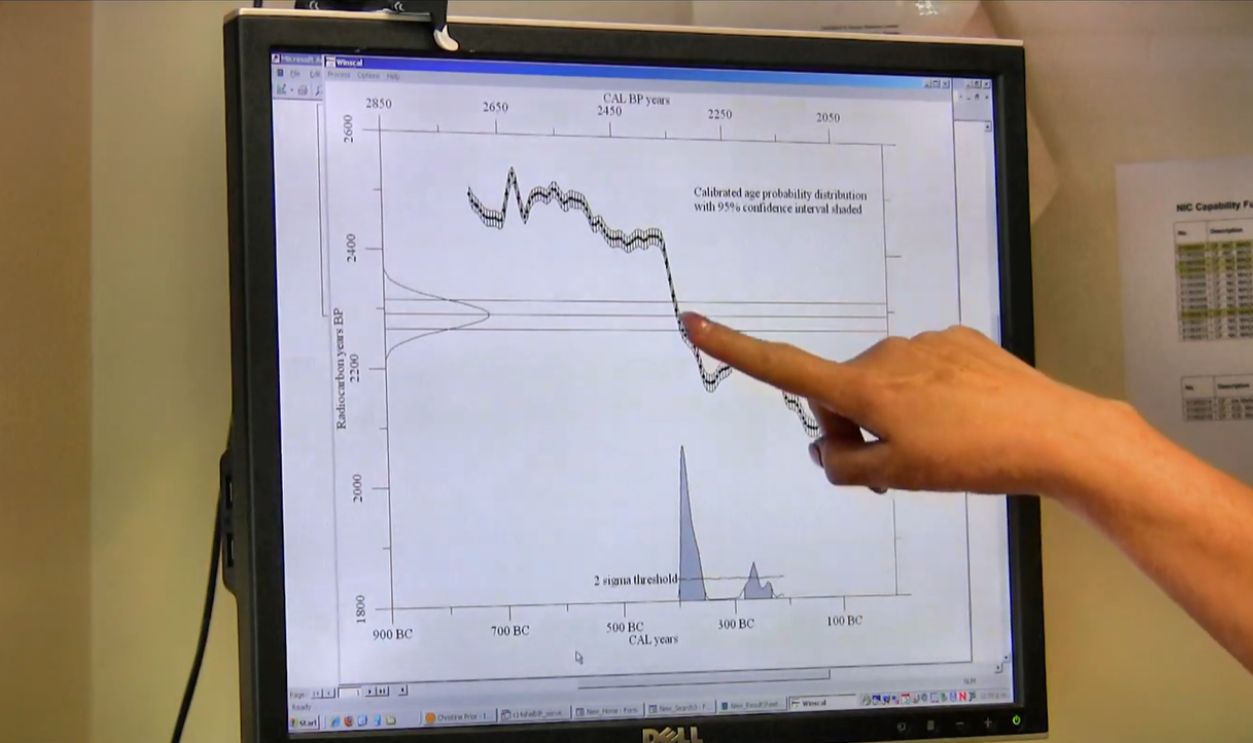 Dating - the Radiocarbon Way by GNS Science
Dating - the Radiocarbon Way by GNS Science
Coastal Migration Theory Is More Viable
The traditional inland migration model suggests humans entered North America via an ice-free corridor that formed around 13,000 years ago. However, Triquet Island's settlement predates this corridor, reinforcing the coastal migration theory as the Pacific coastline provided abundant resources, making it a logical route for Ice Age travelers.
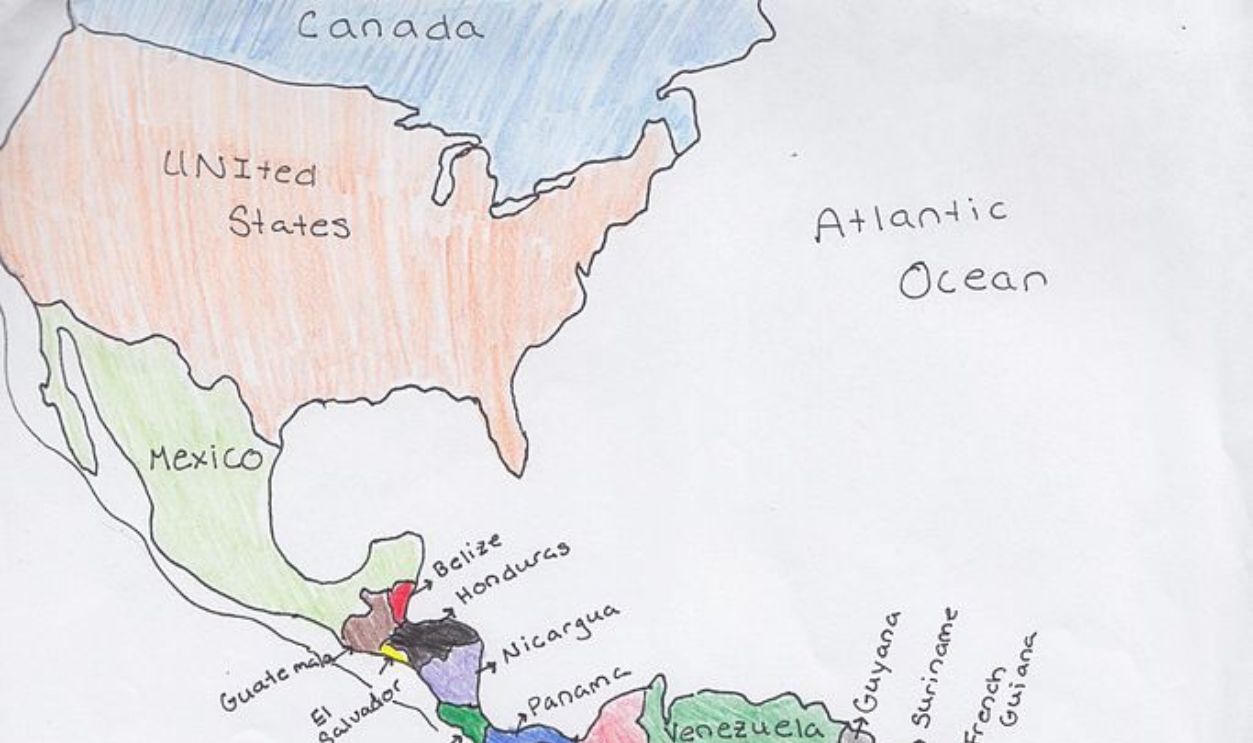 Kaprabhu, CC BY-SA 3.0, Wikimedia Commons
Kaprabhu, CC BY-SA 3.0, Wikimedia Commons
Advanced Survival Strategies Of Early Humans
Despite the harsh Ice Age environment, the people of Triquet Island were far from primitive. Food storage techniques, tools, and fire pits suggest they relied on a stable food supply. This enabled them to stay in one location year-round.
Keepers Of Ancient Knowledge
Long before the discovery of ancient artifacts on Triquet Island, Heiltsuk Elders spoke of their people's presence on the Pacific Coast for thousands of years. Their oral traditions described the settlements and survival strategies uncovered by modern archaeology.
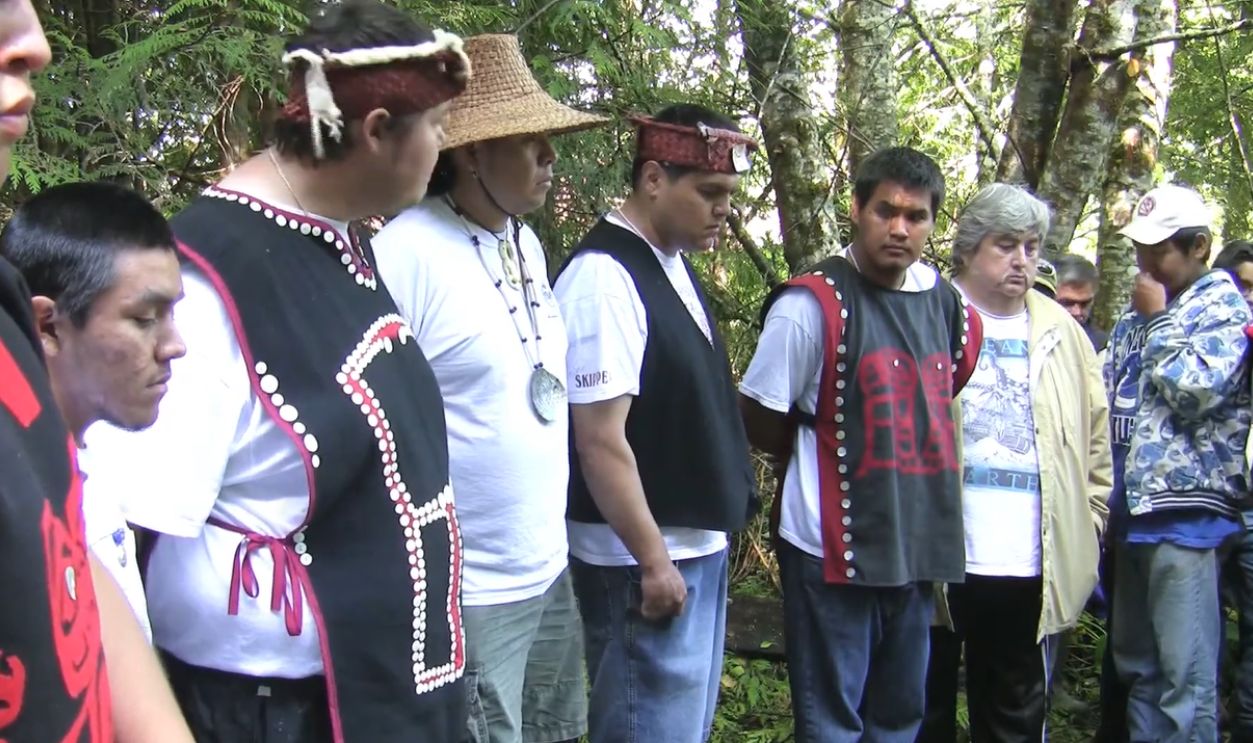 Heiltsuk ancestors return home to rest in Namu by Simon Fraser University
Heiltsuk ancestors return home to rest in Namu by Simon Fraser University
Complexity Of Early Coastal Societies
The tools, structures, and fire pits uncovered at Triquet Island reveal a society far more complex than previously thought. Evidence of permanent hearths suggests they had settled communities with the ability to store food, craft tools, and maintain a stable life in a harsh environment.
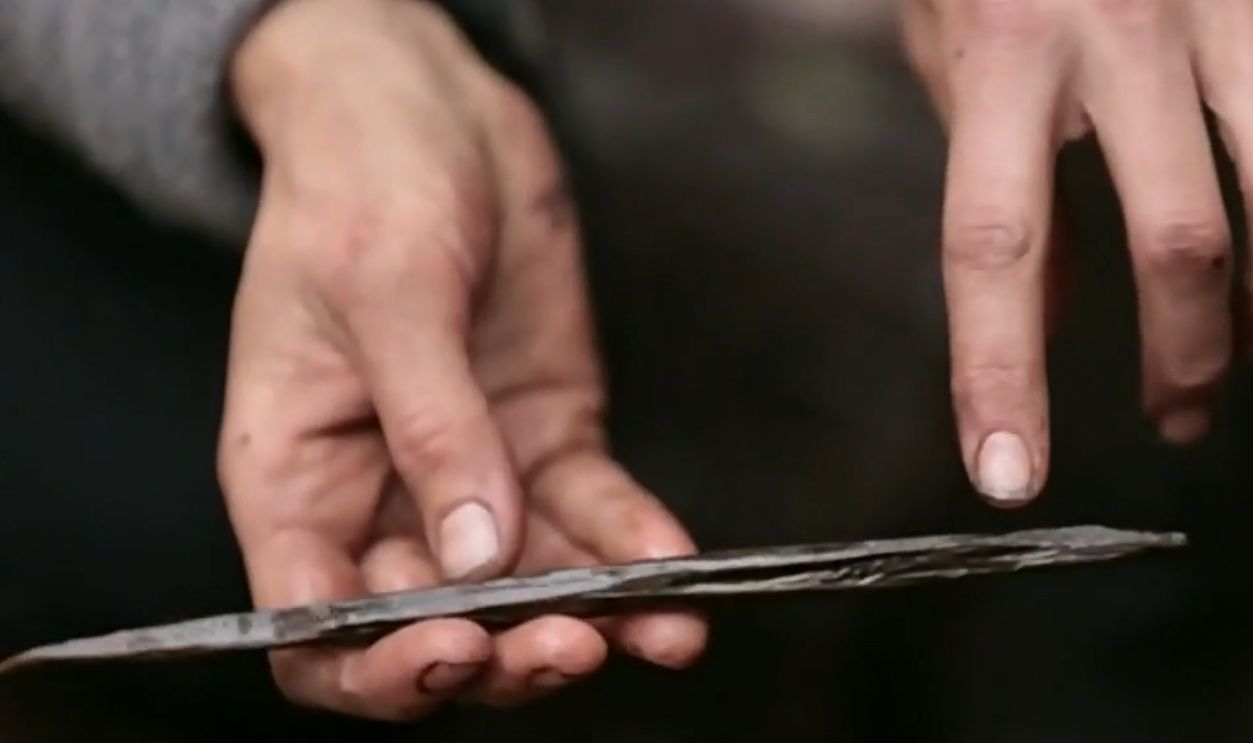 B.C. village older than the pyramids unearthed by a student by CTV News
B.C. village older than the pyramids unearthed by a student by CTV News
Redrawing The Map Of Early Settlement
This discovery is revolutionary because it challenges long-standing theories about how and when the first humans arrived in North America. The Triquet Island site pushes back the timeline of human presence in the Americas by over a thousand years, suggesting that early settlers may have followed a coastal route.
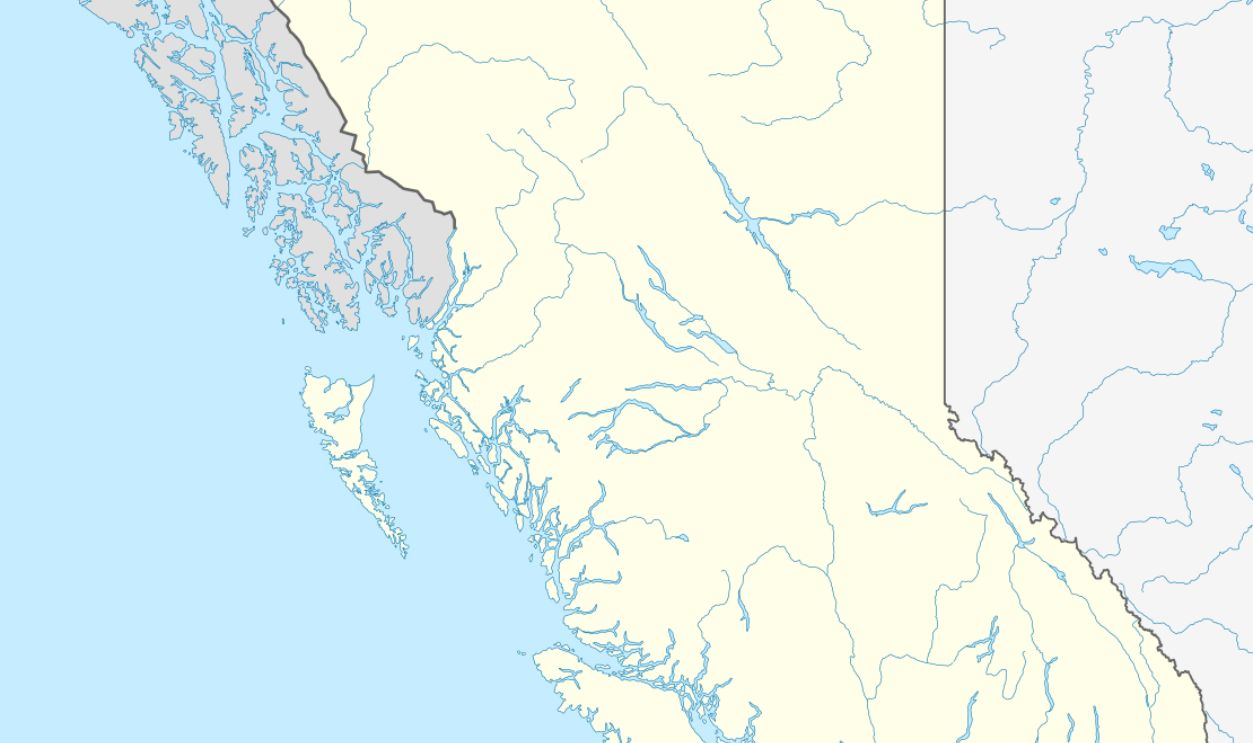 NordNordWest, CC BY-SA 3.0, Wikimedia Commons
NordNordWest, CC BY-SA 3.0, Wikimedia Commons
Indigenous Land Claims
In addition to providing evidence of ancient settlement, this discovery offers significant support for modern Indigenous land claims. For generations, Coastal First Nations have maintained that their people have been present on these lands for thousands of years, and the archaeological findings now provide tangible proof.
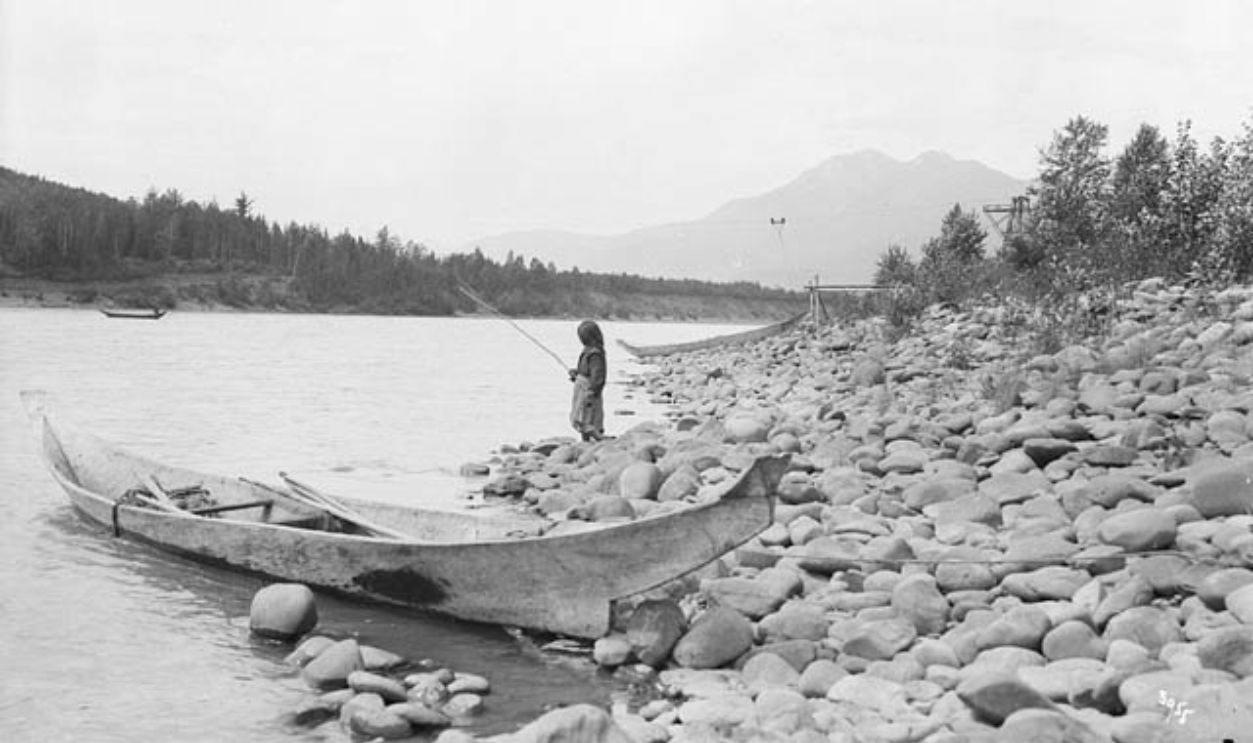 William James Topley, Wikimedia Commons
William James Topley, Wikimedia Commons
Canada And The Oldest Human Settlements
With the findings at Triquet Island, Canada has firmly established itself as home to one of the oldest human settlements in the Americas. This site, with its well-preserved artifacts and structures, places Canada in the spotlight for ancient human history.
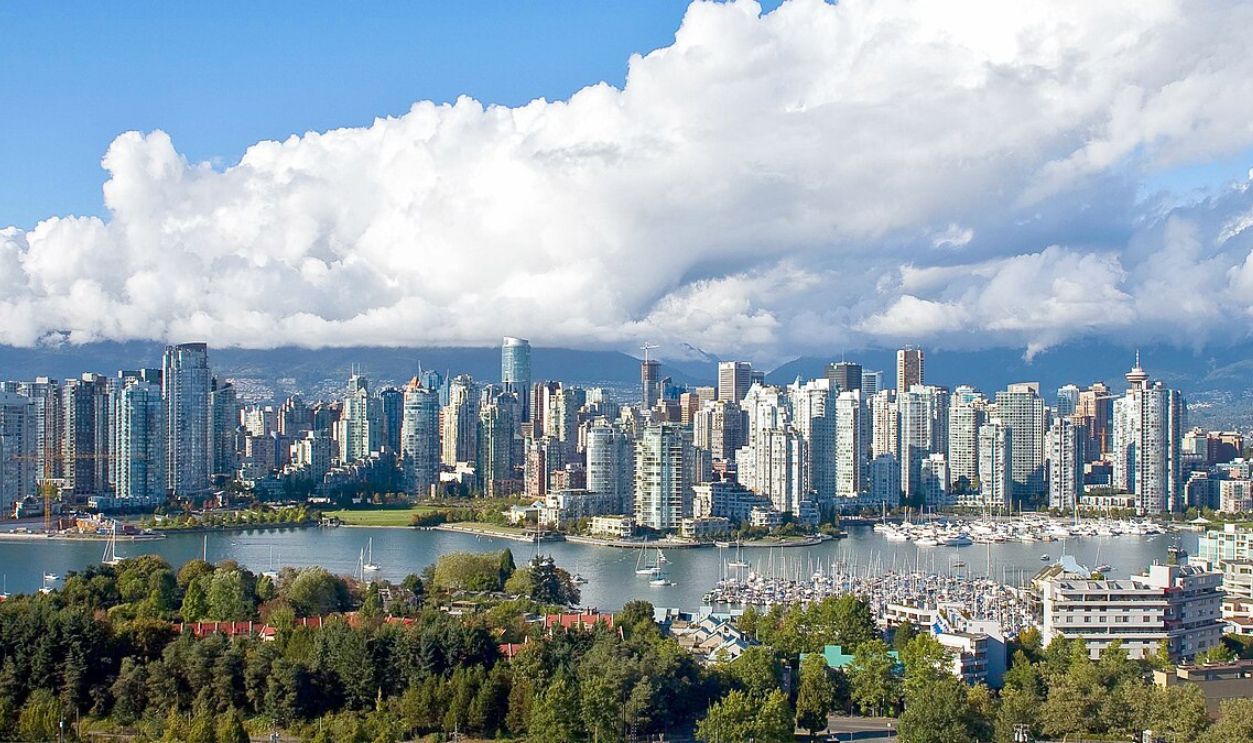 David G. Gordon, CC BY-SA 4.0, Wikimedia Commons
David G. Gordon, CC BY-SA 4.0, Wikimedia Commons
Skilled Mariners Before European Arrival
Before Europeans arrived on the shores of North America, Coastal First Nations had already perfected seafaring skills. The discovery at Triquet Island serves as evidence that these peoples had developed advanced maritime capabilities long before the arrival of Columbus or other explorers.
What This Means For Archaeologists And Historians
For decades, researchers held a limited view of early human migration, favoring inland corridors over coastal routes. Archaeologists and historians will need to revise long-established narratives and explore alternative theories, which opens the door to fresh research and a reexamination of how early humans settled across the continent.
Heiltsuk Nation's Oral History
One of the most fascinating aspects of this discovery is how it validates Indigenous oral traditions. The Heiltsuk have passed down stories of their ancient ancestors who lived along the coast before European contact for years and years. And these stories were often dismissed by mainstream historians.
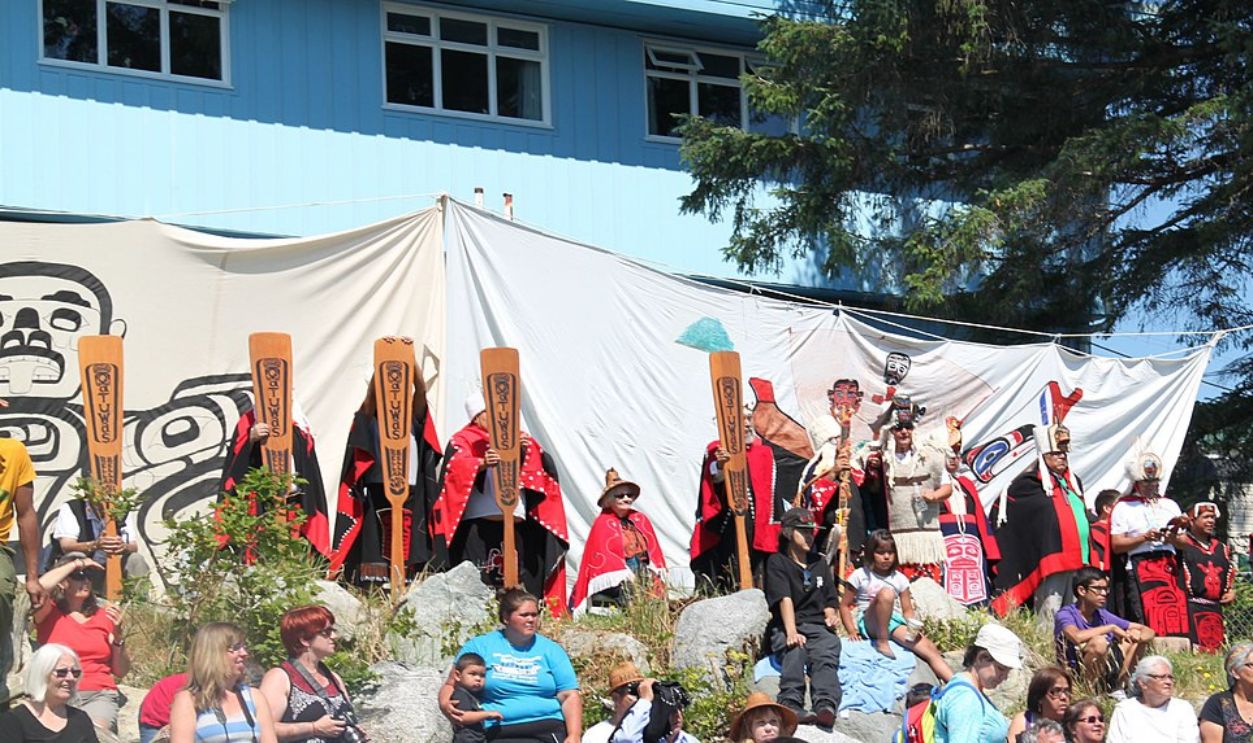 US Embassy Canada, Wikimedia Commons
US Embassy Canada, Wikimedia Commons
Preserved Accurately
However, the archaeological evidence found on Triquet Island supports these oral histories, showing that Indigenous knowledge is not only valuable but an essential part of understanding the past. This shift highlights the importance of incorporating oral tradition into historical research.
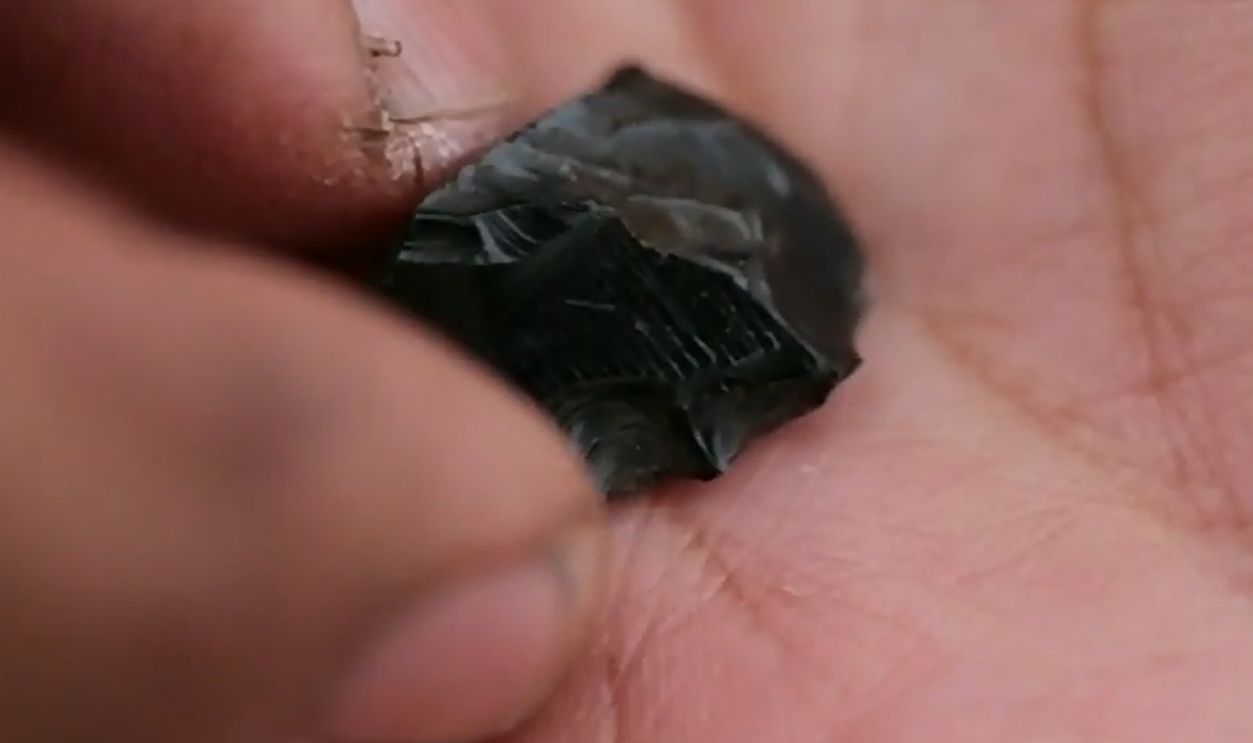 B.C. village older than the pyramids unearthed by a student by Simon Fraser University
B.C. village older than the pyramids unearthed by a student by Simon Fraser University
The Oldest Known Claim To Land In The World
The Heiltsuk people have lived in the Pacific Northwest for thousands of years, but this discovery gives them something even more extraordinary—the world's oldest, verifiable claim to land ownership. With physical evidence proving continuous occupation for 14,000 years, their connection to the land is beyond dispute.
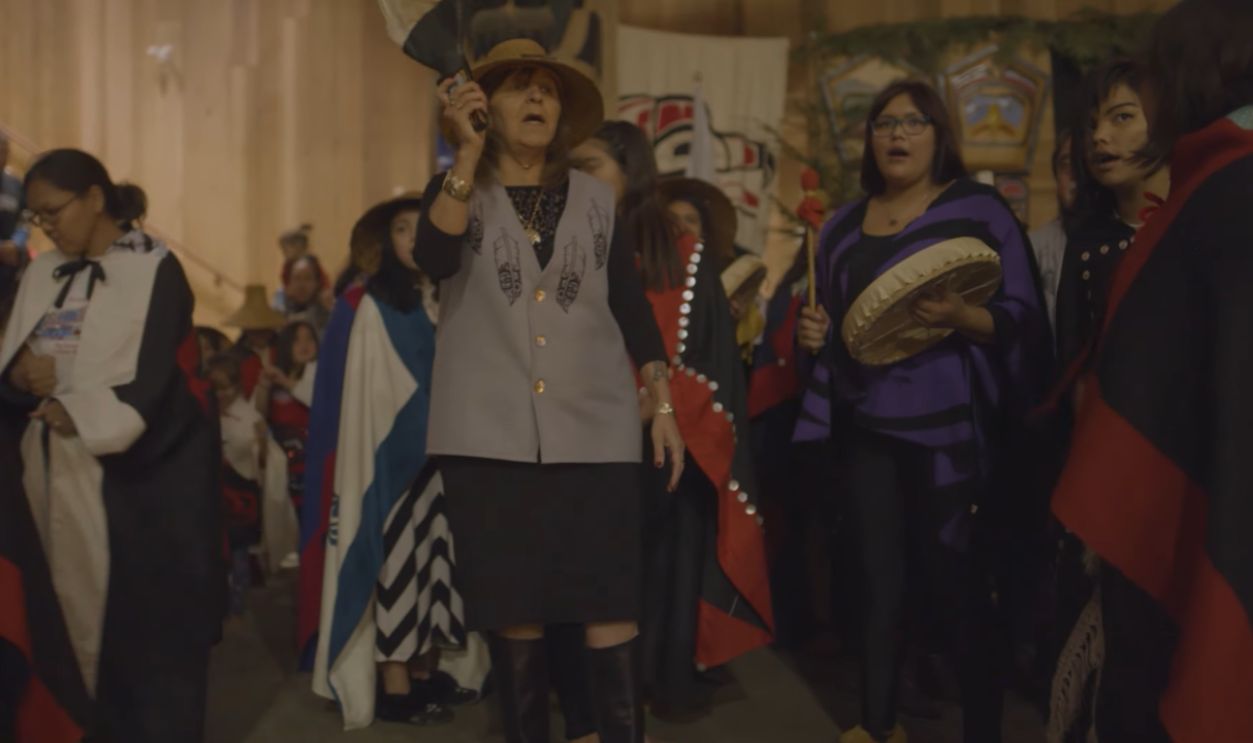 Heiltsuk Revitalization - Language by Heiltsuk Tribal Council
Heiltsuk Revitalization - Language by Heiltsuk Tribal Council
Could Other Pacific Coast Islands Hold More Secrets?
Other islands in the region may hold similar evidence of early human habitation waiting to be unearthed. The rich environment of the Pacific Coast, with its natural resources and favorable climate, may have supported a series of settlements that were intricately connected.
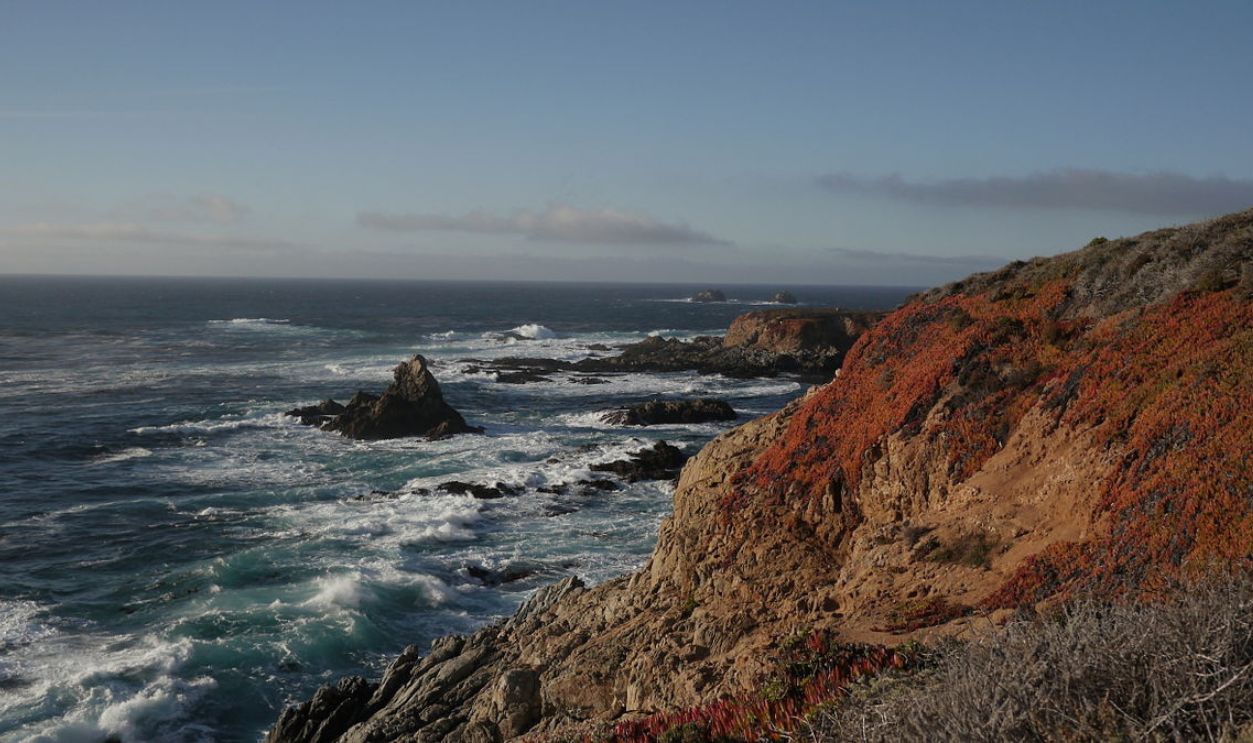 Alanthebox, CC0, Wikimedia Commons
Alanthebox, CC0, Wikimedia Commons

